Funghi di Sardegna. Cortinarius . (Mushroom : Cortinarius) (Ita-Eng). Photos by Sardart
Lo studio dei funghi presuppone e sviluppa una grande capacità di osservazione.
Ogni singolo dettaglio, del cappello, del colore, del fusto o delle lamelle è fondamentale per una corretta identificazione macroscopica del fungo.
Ci sono dei funghi che, nel nome, richiamano aspetti principali e peculiari della loro morfologia e quindi questo può aiutarci molto per la loro corretta identificazione.
Vediamolo come esempio un fungo di nessun interesse culinario : Il Cortinarius.
Questo tipo di fungo con lamelle ha delle specie diverse ed ha una caratteristica morfologica inconfondibile che ci aiuta ad identificarlo, ovvero la presenza di una cortina, che si può osservare nella parte inferiore del fungo. Da questo deriva il suo nome..Cortinarius..
Questa cortina è un residuo del velo generale che protegge il fungo nelle prime fasi di sviluppo. Sono filamenti che partono dal gambo fino all'imargine del cappello.
Chiari residui di questo velo si osservano anche sul gambo del fungo.
Riconoscere i cortinari è molto importante perché sono principalmente funghi tossici o mortali o, comunque, specie fortemente sospettose.
Questi funghi includono, ad esempio, il micidiale Cortinarius orellanus, un fungo comune nell'area mediterranea, che è considerato tossico mortale e i sintomi del suo avvelenamento possono manifestarsi anche dopo 20 giorni (sindrome orellanica).
La storia ci racconta la storia di Lucrezia Borgia (una nobildonna del Rinascimento vissuta a Roma) che, pare, usasse proprio questo fungo per eliminare i propri nemici.
Per questo viene chiamato anche fungo Lucrezia. Il fungo del crimine perfetto.
Importante.
Ci tengo a precisare che la classificazione dei funghi per la loro commestibilità deve essere sempre affidata a periti micologici oa personale specializzato. Non bisogna mai fare affidamento su una classificazione superficiale dei funghi che, in generale, può assumere colori e sfumature differenti.
In Italia muoiono in media 20 persone ogni anno per avvelenamento da funghi e sono quasi tutte causate dal consumo di Amanita Phalloides soprattutto quando sono nella forma chiusa che, come detto, può essere confusa con la forma chiusa dell'Amanita Caesarea.
La prudenza, nel consumare i funghi, deve essere sempre molto alta.
The Cortinarius.
The study of mushrooms presupposes and develops a great capacity for observation. Every single detail, of the hat, of the color, of the stem or of the lamellae is fundamental for a correct macroscopic identification of the fungus.
There are some mushrooms that, in the name, recall and recall main and peculiar aspects of their morphology and therefore this aspect can help us a lot for their correct identification.
Let's see it as an example. The Cortinarius.
This kind of fungus with lamellae has different species and has an unmistakable morphological characteristic that helps us to identify it, that is the presence of a curtain, which can be observed in the lower part of the fungus. This curtain is a residue of the general veil that protects the fungus in the early stages of development. These are filaments that start from the stem up to the margin of the hat. Clear residues of this veil are also observed on the stem of the fungus.
Recognizing the courtiers is very important because they are mostly toxic or deadly mushrooms or, in any case, strongly suspicious species.
These mushrooms include, for example, the deadly Cortinarius orellanus, a fungus common in the Mediterranean area that is also uncommon), which is considered deadly toxic and the symptoms of its poisoning can occur even after 20 days (Orellanic syndrome). The story tells us the story of Lucrezia Borgia (a noblewoman of the Renaissance lived in Rome) who, it seems, used just this mushroom to eliminate their enemies. This is why it is also called the Lucrezia mushroom. The fungus for the perfect crime.
Important. I would like to point out that the classification of mushrooms for their edibility must always be entrusted to mycological experts or to specialized personnel. We must never rely on a superficial classification of mushrooms that, in general, can take on different colors and nuances.
In Italy, on average 20 people die each year from fungal poisoning and are almost all caused by the consumption of the Amanita Phalloides especially when they are in the closed form that, as mentioned, can be confused with the closed form of the Amanita Caesarea.
Prudence, in consuming mushrooms, must always be very high.
Thanks for your time.
All photo are mine.
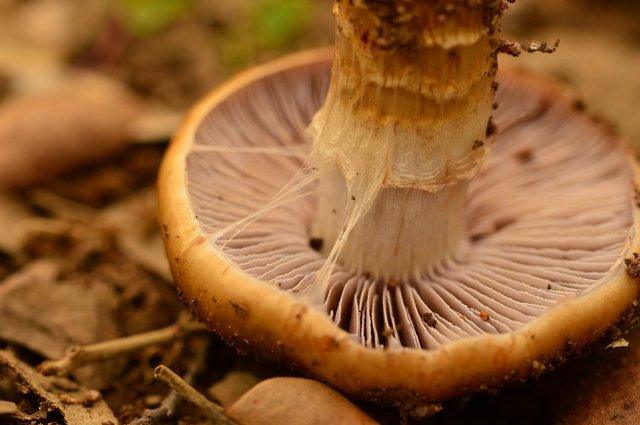
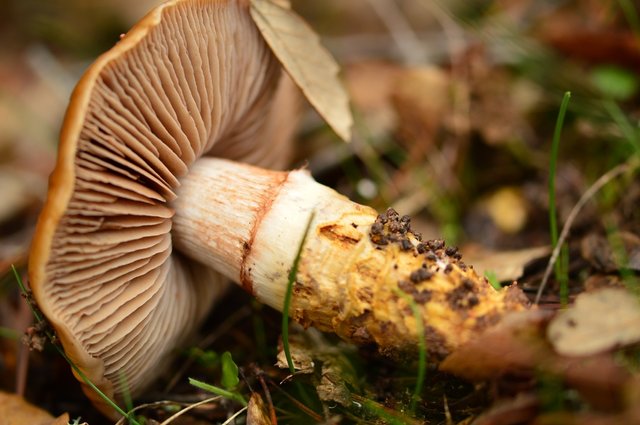
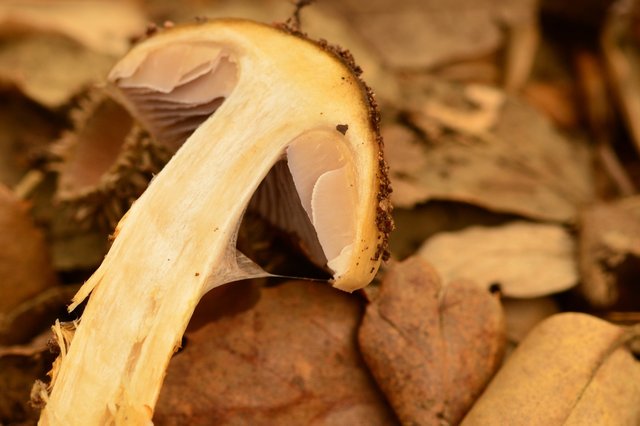

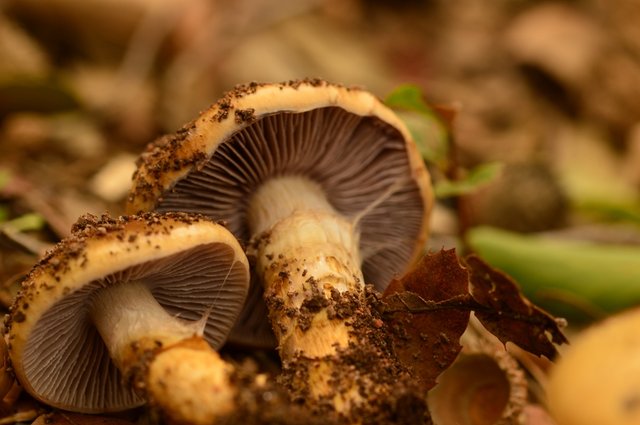
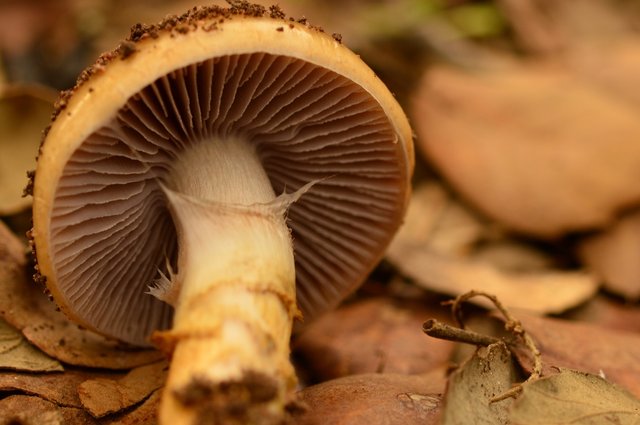
This post has been upvoted by @steemcurator06, the account that curates The European Communities with the support of the Steem Community Curation Project.
@girolamomarotta
Italy Country Representative 🇮🇹